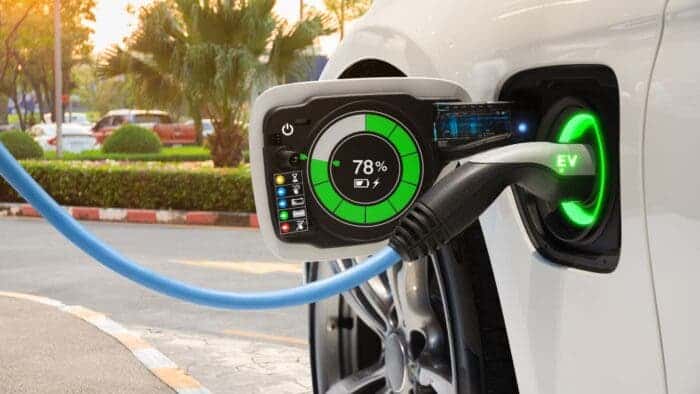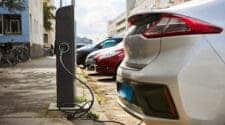The U.S. government has allocated $623 million to build electric car charging infrastructure. This marks a significant step towards expanding the country’s network of electric vehicle (EV) charging stations. This investment aims to support the Biden administration’s goal of transitioning to a net-zero economy by 2050 and reducing greenhouse gas emissions. The funding will be used to develop and deploy charging infrastructure that meets the needs of a growing number of EV users. Its focus will be on equitable distribution and accessibility for all communities.
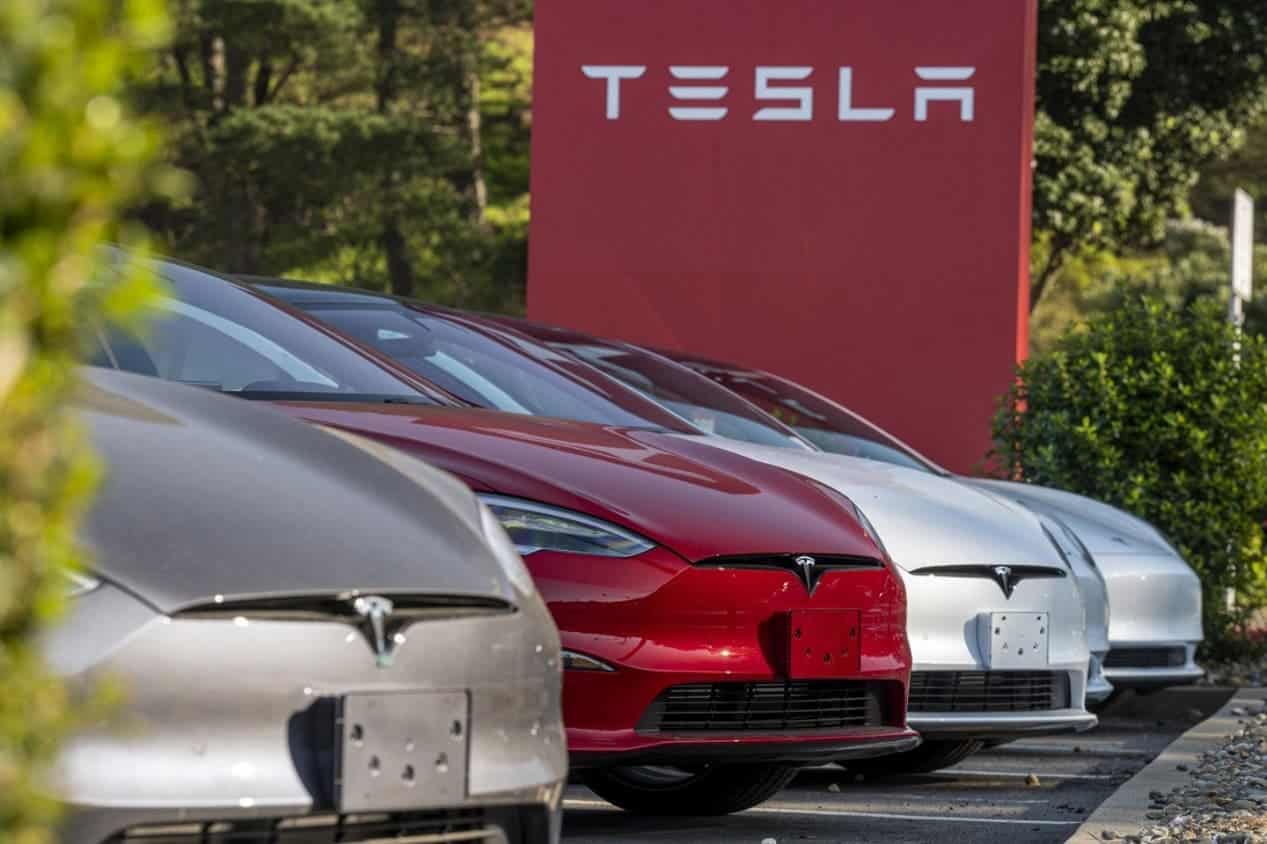
To alleviate anxiety about the range of new energy cars, the U.S. Department of Transportation announced an allocation of US$623 million to expand electric vehicle charging infrastructure nationwide. According to reports, the funding comes from a $2.5 billion grant program earmarked for charging and green fuels in the 2021 bipartisan infrastructure agreement. The funds will be used to build electric car charging facilities in 22 states and the U.S. territory of Puerto Rico, including 47 projects and 7,500 new electric vehicle charging terminals.
“We are on an accelerated trajectory to meet and exceed the president’s goal of installing 500,000 chargers and building a national backbone,” said U.S. National Climate Advisor Ali Zaidi. “We’re already seeing There are 26 factories across the country capable of producing these products”.
U.S. electric car sales continue to rise
Over the past few months, there has been a consistent increase in the sales of electric cars in the U.S. While the U.S. lags behind countries like Norway, Germany, and China in terms of sales, the growing demand for electric cars is straining the existing charging infrastructure. This is why the country sees a need to boost its electric car charging infrastructure.
According to the U.S. Department of Energy, the country currently has nearly 161,000 charging piles. The US government plans to install 500,000 electric vehicle charging terminals in the United States by 2030. Currently, Tesla is leading the way in this regard. The company outsold Subaru, BMW and Volkswagen this year and captured 4.2% of the total U.S. auto market.
Half of the funding announced this time will go to community projects, such as those near schools, parks and office buildings. However, some of them will target places where the proportion of private chargers and home chargers is low, that is, people do not have their private chargers. The garage is where you can charge your batteries every night.
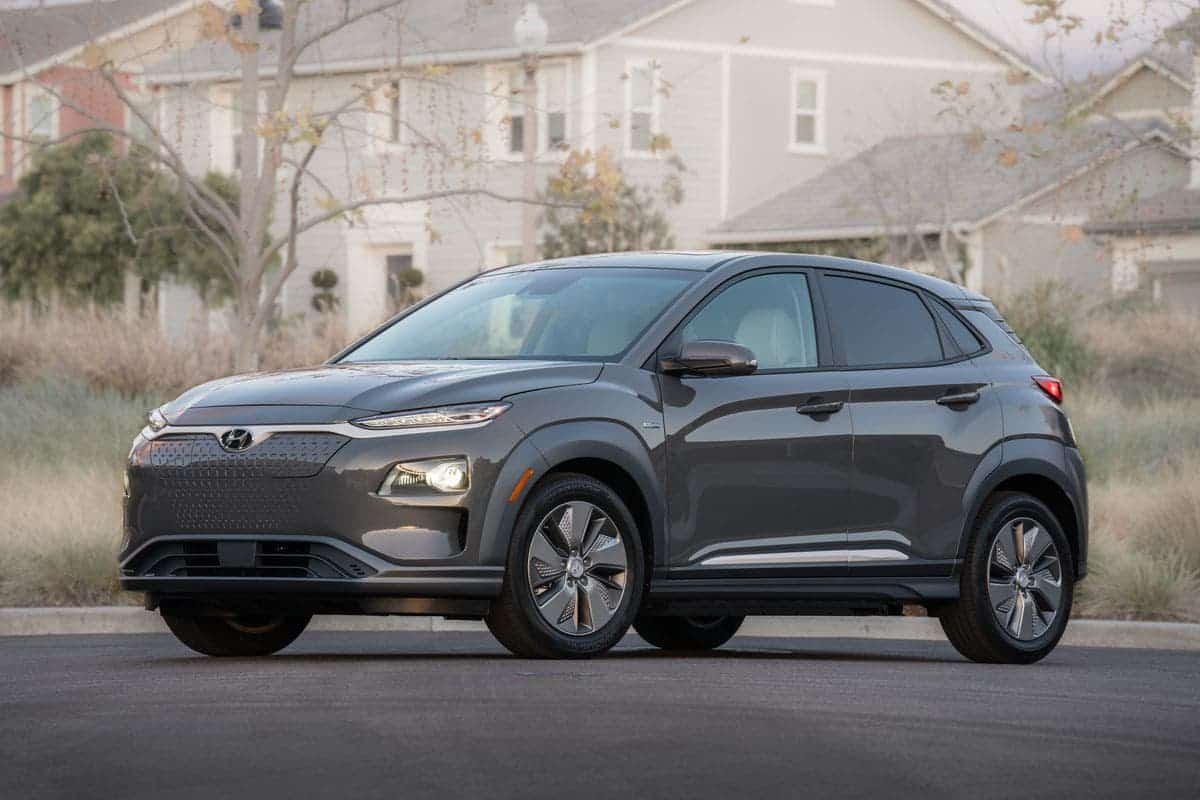
According to reports, half of the $623 million will be used to build dense charging networks along U.S. highways. Also, a portion will be allocated to several special regions in the United States, including New Jersey at $10 million, Maryland at $15 million, and the Bay Area in California, Contra Costa County at $15 million. In addition, the United States has set aside $1.4 million for Haines Township, which will be given to the Chilkoot Indian Association.
Charging Infrastructure Development
The development of EV charging infrastructure involves several key aspects, including:
1. Charging types: There are different types of charging stations, such as Level 2 and DC Fast Charging, with varying power output and charging times.
2. Land and permits: Securing land and obtaining permits for charging stations can be a complex process, as they often involve easements and other real estate issues.
3. Financing: Various financing options are available for charging infrastructure development, including debt financing, grants, and incentives from federal and state governments.
4. Minimum standards: Establishing minimum standards for federally funded EV infrastructure ensures that the charging stations are efficient, reliable, and accessible to all users.
Benefits of EV Charging Infrastructure
The expansion of EV charging infrastructure offers numerous benefits, including:
- Reducing greenhouse gas emissions by displacing fossil fuels with cleaner electricity sources.
- Decreasing dependence on imported oil and supporting energy security.
- Enhancing energy reliability and grid stability by integrating more renewable energy sources.
- Creating jobs and stimulating economic growth in the clean energy sector.
- Improving public health by reducing air pollution and greenhouse gas emissions.
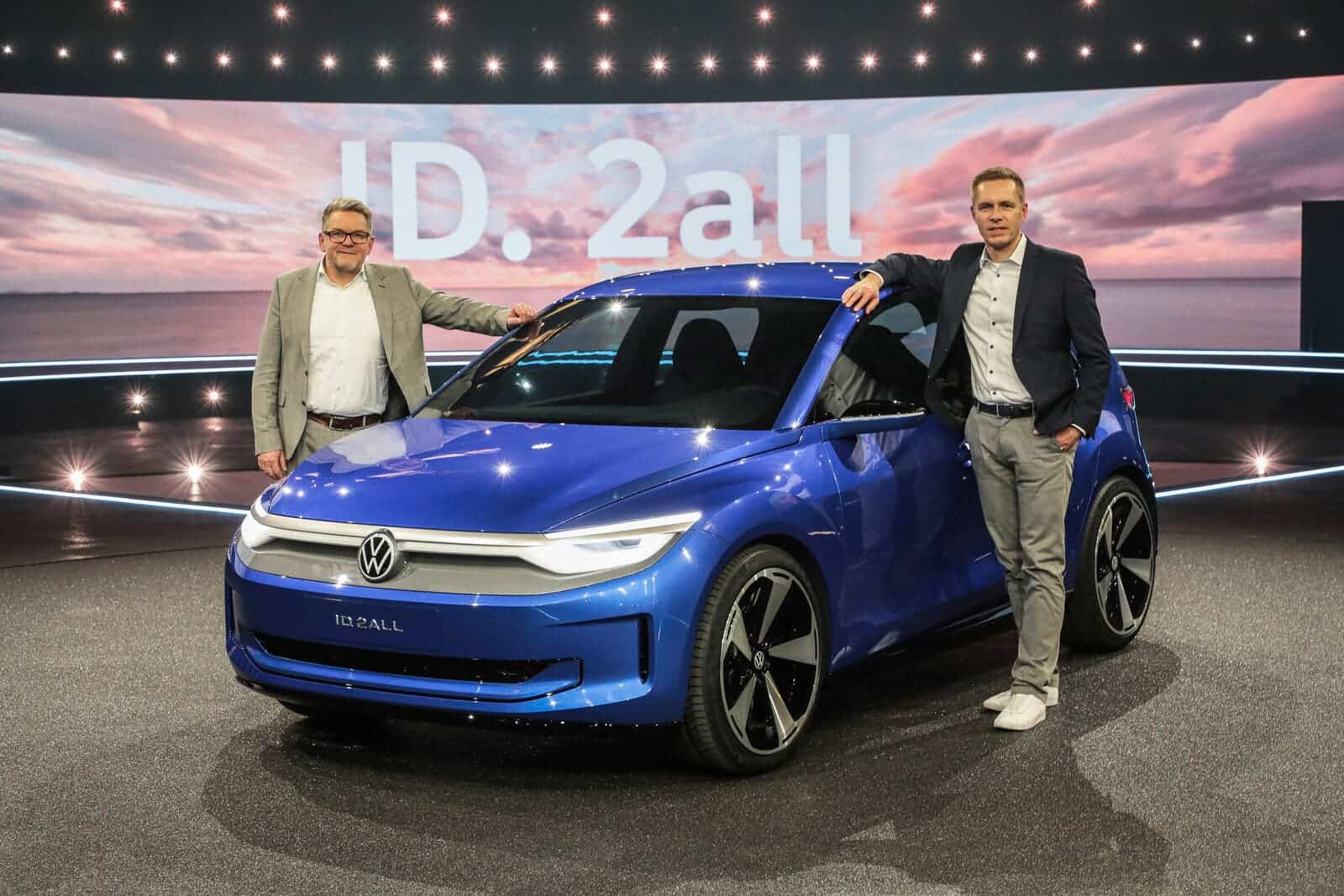
Challenges and Opportunities
While the U.S. government’s investment is a significant step forward, there are still challenges and opportunities to consider:
- Scaling up: The scale and timeline for installing EV charging stations remain uncertain, and there is a need for a large-scale rollout of charging infrastructure.
- Equity and accessibility: Ensuring that charging infrastructure is accessible to all communities through honest distribution. It also has to consider the disadvantaged populations as this is crucial for the success of EV adoption.
- Infrastructure integration: Integrating charging infrastructure with existing transportation and energy systems requires collaboration among various stakeholders. These include utilities, oil and gas companies, automakers, and charge-point operators.
- Incentives and subsidies: Federal and state governments offer various incentives and subsidies. This is to encourage the development and deployment of EV charging infrastructure. However, the government can do more to streamline these programs and make them more effective.
Conclusion
The U.S. government’s $623 million investment in electric car charging infrastructure marks a significant commitment. The government is committed to expanding the country’s EV charging network. By addressing the challenges and opportunities associated with charging infrastructure development, the U.S. can continue to lead the global effort to reduce greenhouse gas emissions. It could also improve energy security, and promote economic growth in the clean energy sector.
Author Bio
Efe Udin is a seasoned tech writer with over seven years of experience. He covers a wide range of topics in the tech industry from industry politics to mobile phone performance. From mobile phones to tablets, Efe has also kept a keen eye on the latest advancements and trends. He provides insightful analysis and reviews to inform and educate readers. Efe is very passionate about tech and covers interesting stories as well as offers solutions where possible.

